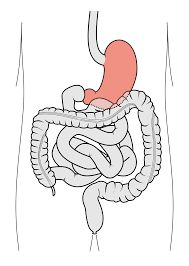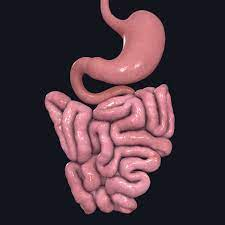Sickle Cells Anemia
- Abhiram Singireddy

- Jul 5, 2022
- 3 min read
Sickle Cell Anemia is a blood disorder that is associated with sickle cell disease. This disorder is common in the United States with 100,000 people being affected annually and is known for altering the shape of red blood cells. Red blood cells in healthy people vary from those who have sickle cell anemia as they are in a round shape. Meanwhile, people with sickle cell anemia have “sickle” shaped red blood cells due to abnormal hemoglobin. Hemoglobin is a protein that carries oxygen to the heart and other vital organs. The sickle cells reduce the number of total red blood cells in the body as they die off rapidly, therefore leaving a shortage. Sickle cells can become stuck in the bloodstream and cause blood clots. There are three main types of sickle cell anemia: Hemoglobin S, Hemoglobin SC, and Hemoglobin S Beta Thalassemia.

Hemoglobin S
Hemoglobin S is an inherited version of normal hemoglobin (Hemoglobin A). The gene for the blood disorder is primarily found in African Americans, followed by those of Hispanic and Mediterranean descent. The hemoglobin S sickle cell trait is only found in infants and adults. The trait is inherited from a parent with a Hemoglobin A gene and a parent with a Hemoglobin S gene. Hemoglobin S is not known to cause health-related issues for the carrier or recipient. Parents are encouraged to test their child after they are born if they themselves are known to carry Hemoglobin S or have anemia in their family history.
Hemoglobin C
Hemoglobin C is also an inherited version of normal Hemoglobin A. The genes for Hemoglobin Sickle Cell C disease are inherited from parents. In this case, one parent must carry the gene for Hemoglobin C and the other parent must carry any gene for sickle cell anemia. Having Hemoglobin C significantly increases the risk of retinal disease and splenomegaly (an enlarged spleen) in the future.
Hemoglobin S Beta Thalassemia
The Washington Department of Health mentions that Hemoglobin S Beta Thalassemia is less severe than Hemoglobin C and is of comparable risk to inheriting Hemoglobin S. Hemoglobin S Beta Thalassemia is believed to cause mild to severe complications for patients. It is transferred to a child from a parent who has a Hemoglobin S gene and a parent with sickle cell thalassemia. Sickle cell anemia is very similar to and often confused with thalassemia. Thalassemia causes the body to have an abnormally low level of hemoglobin, which would otherwise be seen in patients who have undergone chemotherapy or smoke on a regular basis.
Sickle cell anemia is diagnosed immediately after birth through one’s healthcare provider. In the hospital, blood samples are carried out to check the level of hemoglobin in the blood; the techniques include Hemoglobin Electrophoresis and High-performance liquid chromatography. Reaching a diagnosis early on, assures parents that their child has not inherited the blood disorder and provides them with a sense of relief. Furthermore, healthcare specialists can determine the risk for the child being born with the trait based on whether the trait is found in the partner's individual family histories.
What are the symptoms of sickle cell anemia?
The symptoms associated with sickle cell anemia are periods of extreme pain, being prone to bacterial and viral infections, a delayed puberty, and fatigue as a result of anemia. Extreme pain is found in the chest, joints, and abdomen. The pain can last four hours on end or be on and off. The pain is the result of a lack of blood flow when the sickle blood cells block blood flow throughout the body’s blood vessels. Continued pain as a result of sickle cell anemia can cause damage to the bones and increase the risk of catching infections. This in turn is the result of a weakened immune system and forces one to take increased medications to treat the pain. Sickle cell anemia is known to result in delayed puberty for adolescents due to a lack of red blood cells. While red blood cells provide oxygen throughout the body, they also provide the necessary nutrients the body needs for growth. Finally, the lack of oxygen for the body’s functions causes fatigue. This is as sickle cells are not as easily replaceable as red blood cells




Comments